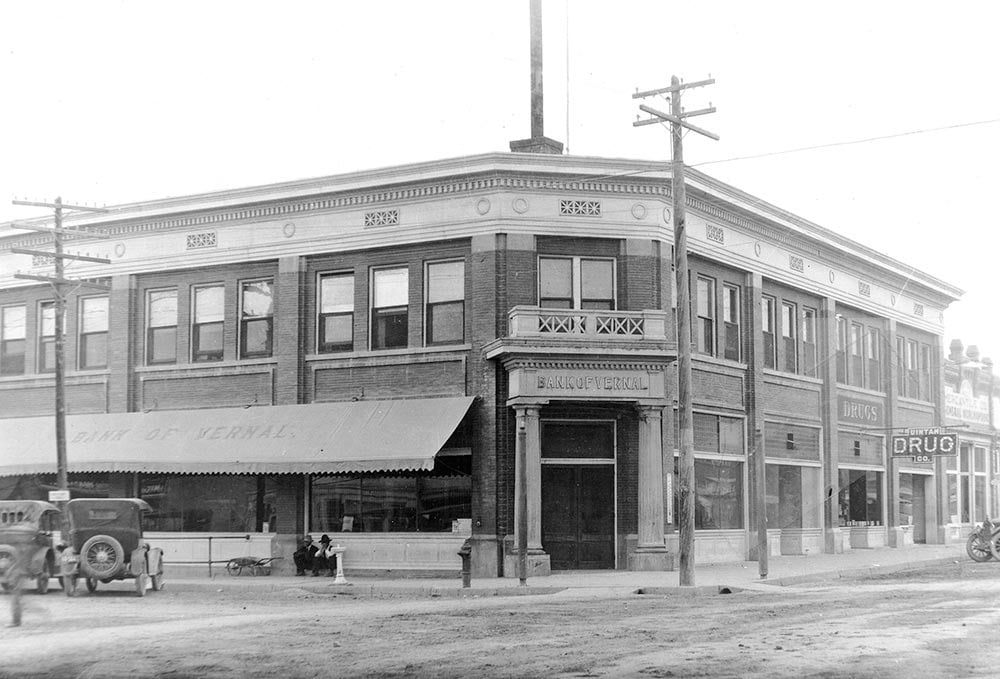The logistics of constructing buildings can be challenging and quite costly. But someone thought of an ingenious plan to transport bricks to complete the construction of an entire building with the help of the post office. He was able to carry out the task without them even knowing.
A banker mailed 40 tons of bricks to his bank’s new location, taking advantage of the USPS parcel post when it was introduced. Mailing the bricks was cheaper than moving them via commercial freight.
The History of USPS
In the 1600s, communication between people was mainly through letters. And since there were no post offices at that time, mail was left in agreed inns and taverns that were taken care of by the shopkeep. This process took months for mail to be delivered.
The system was gradually improved by the British back then. In 1737, Benjamin Franklin was appointed as the postmaster of Philadelphia. Franklin, who was 31 at the time, had already built a successful business as a printer, shopkeeper, and the Pennsylvania Gazette publisher.
Franklin took the opportunity given to him despite the fact that it only made a 10 percent commission from the customers’ postage. He used his position to circulate his newspaper as he was able to mail it without incurring charges. He was also able to freely correspond with people in Europe.
Franklin set up new and more efficient colonial routes for mail riders and had the mail wagon travel day and night via relay teams. He was also responsible for arranging small and fast packet ships to transport mail to and from the West Indies and Canada and established home-delivery systems and dead-letter offices for those undeliverable.
He was also responsible for the newspaper’s circulation at a low cost, and postal riders delivered it.
The United States Postal Services, or USPS, was established by the Second Continental Congress, with Benjamin Franklin as the first postmaster general for the 13 colonies. USPS was opened July 26, 1775. Franklin held the post for more than two decades, orchestrating significant improvements to the postal services.
Today, there are more than 40,000 post offices, and the postal service delivers more than 200 billion mail to over 144 million homes and businesses in the US. The postal service is the largest non-profit and self-sufficient agency that covers its expenses simply with postage income and related products. (Source: History)
The Bank of Vernal
On January 1, 1913, the USPS introduced parcel post services. The service now includes the delivery of non-letter items. In the first six months of the service, approximately 300 million parcels were delivered. This also gave way for box manufacturers to create different boxes to mail other items like eggs, butter, and vegetables.
A banker by the name of William Horace Coltharp used the new parcel service to his advantage. He had the Bank of Vernal in Utah’s facade built with pressed bricks that can only be sourced from a company 127 miles away from his bank’s location.
Coltharp arranged for the bricks to be shipped in 50-pound packages, 1 ton at a time. Soon after, bricks came into the small post offices, catching the attention of the postmaster general Burleson. This led to the amendment of the policy capping off the post to 200 pounds by one consignor.
However, the new amendment came into effect after the post office cleared Coltharp’s bricks, saving him a lot of money instead of using wagon freight. (Source: Postal Museum)
